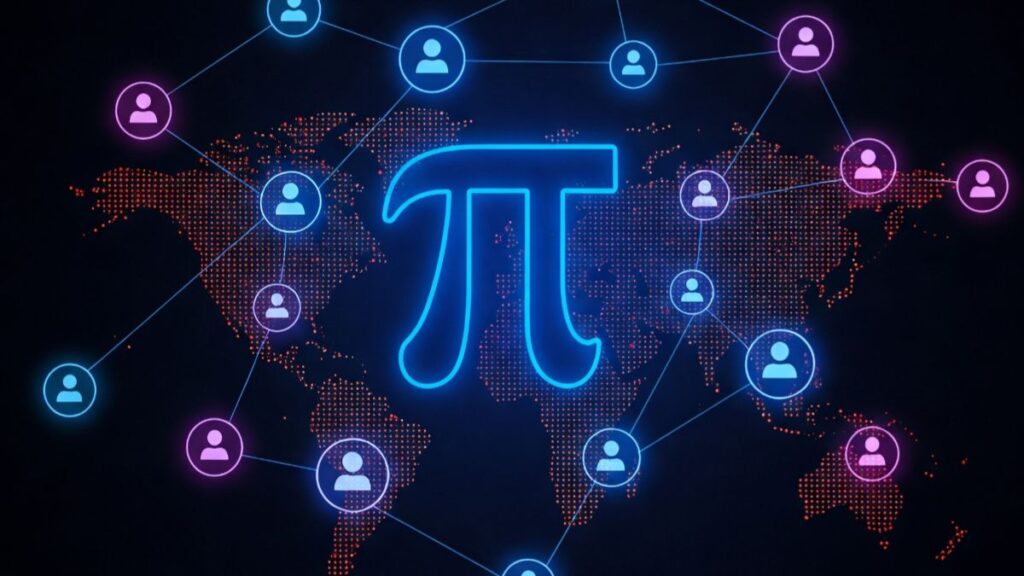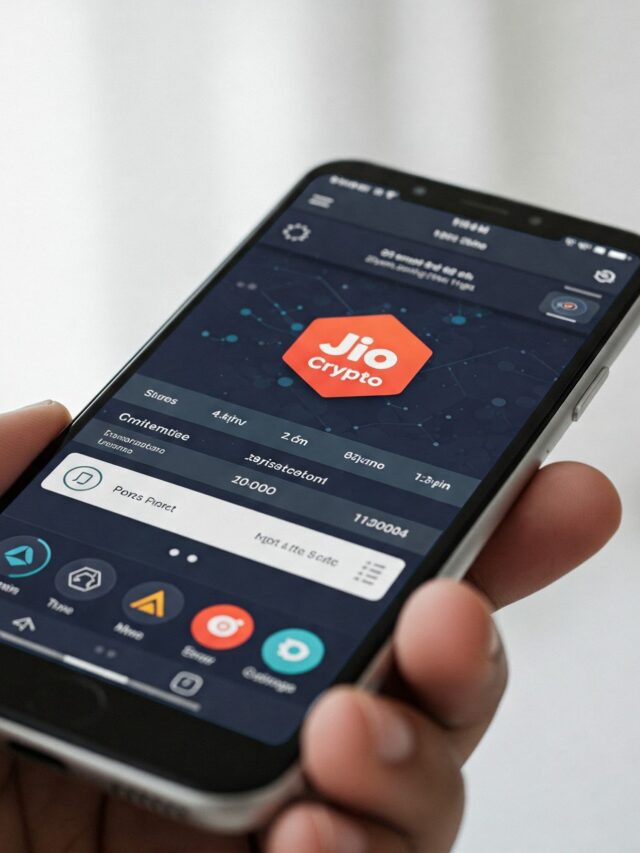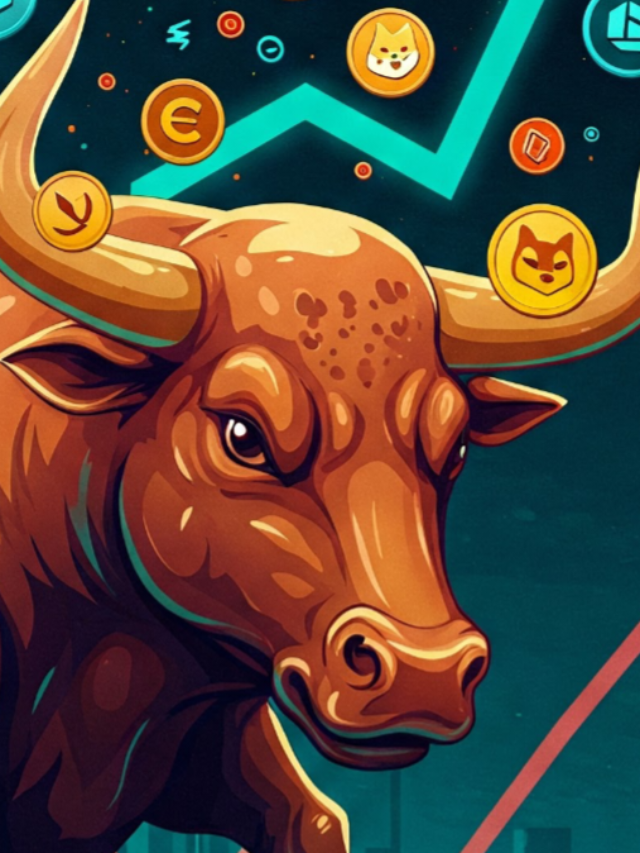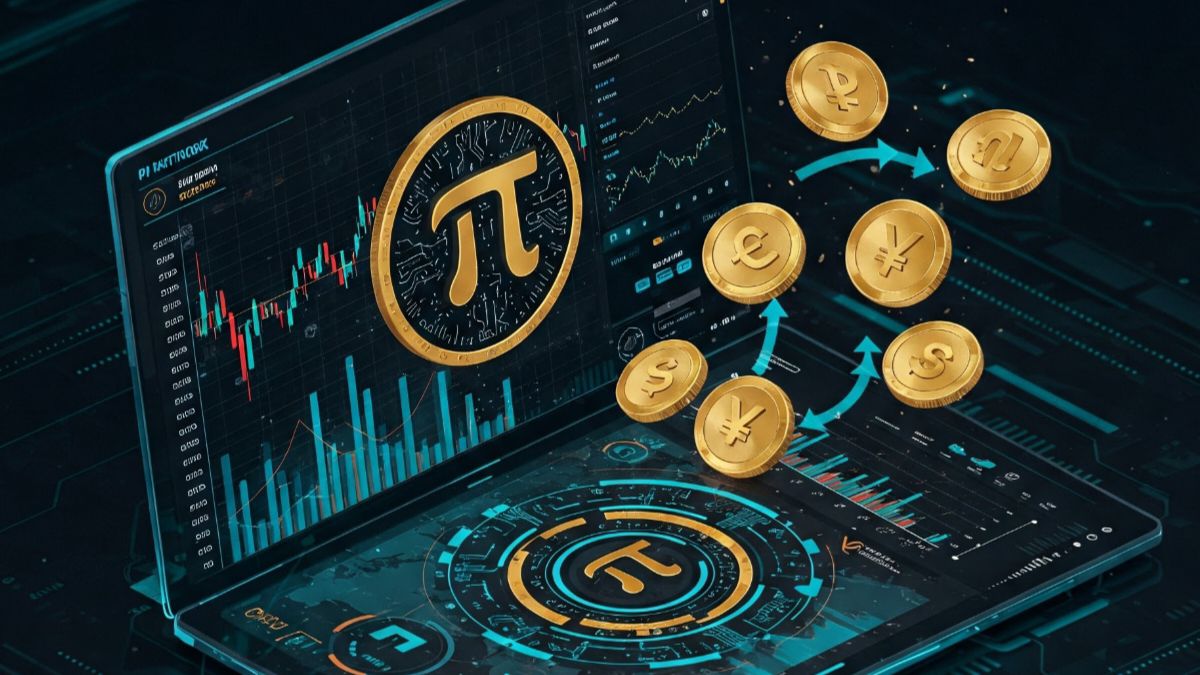Pi Cryptocurrency, commonly known as Pi, is a newcomer in the crypto world that has captured a lot of attention with its different way of mining and its focus on community. Aiming to make cryptocurrency available to everyone, Pi has been on an exciting path full of new ideas, enthusiastic users, and a changing plan for the future. In this blog, we will explore how Pi started, how it has grown, the technology behind it, the hurdles it faces, and what the future might hold, all while keeping an eye on what it’s worth now and what it could be.
The Genesis of Pi Cryptocurrency
A group of Stanford graduates, led by Dr. Nicolas Kokkalis, Dr. Chengdiao Fan, and Vince McPhillip, came together to create Pi Cryptocurrency. They launched the Pi Network on March 14, 2019, which is also known as Pi Day. Their aim was to make it easier for people to enter the world of cryptocurrency by developing a digital currency that anyone could mine using just a smartphone. In contrast to Bitcoin and other cryptocurrencies that need a lot of computational power and energy, Pi uses a simple mining method designed to make it accessible to everyone.

Key Features of Pi Cryptocurrency
Mobile Mining: Pi lets people mine cryptocurrency right from their smartphones, and it doesn’t use a lot of battery or power. This makes mining accessible to more users and makes it easier for anyone to join in.
User-Focused Design: The Pi Network focuses on creating a strong community where trust matters. Users need to confirm who they are and build safe circles to keep the network secure.
Scalability and Accessibility: With an emphasis on inclusivity, Pi aims to onboard millions of users globally, focusing on regions where traditional banking and financial services are limited.
Decentralization: Pi aims to become a currency that is decentralized, with its community taking the lead in managing and governing it, even though it is still partly centralized at this moment.
The Pi White Paper
The Pi white paper explains what the project aims to do and how it plans to get there. It talks about the Stellar Consensus Protocol (SCP), which Pi uses to help the network agree on which transactions are valid. This method lets different nodes reach an agreement while keeping security and scalability in check. Unlike the usual proof-of-work or proof-of-stake systems, SCP is easier on energy use and is created to encourage more people to get involved.
Early Adoption and Growth (2019-2022)
When it first started, Pi attracted a lot of attention from people curious about mining cryptocurrency without having to buy costly equipment. The fact that its mining could be done through an app appealed to those looking for a simple way to get involved in the world of crypto.
Challenges in Early Adoption
- Skepticism: Some people were wary of Pi because of its unusual way of mining and the absence of a token that could be traded.
- Network Security: Ensuring the integrity and security of a rapidly growing user base presented significant challenges.
- Regulatory Uncertainty: Like all cryptocurrencies, Pi faced scrutiny from regulators and questions about its long-term sustainability.
Even with these difficulties, Pi saw its number of users skyrocket, hitting more than 10 million active miners by the end of 2021. This focus on community helped set the stage for what the network could achieve next.
The Transition to Mainnet (2023-Present)
A key moment in Pi’s journey came when it launched its enclosed mainnet in late 2022. This signified a shift from being just a testnet to becoming a real blockchain ecosystem. With the enclosed mainnet, users could verify their identities and move their mined Pi coins into a safe wallet, opening the door for more people to use it and explore various applications.
Key Developments
- KYC Process: An effective Know Your Customer (KYC) process was put in place to help users meet legal standards and to stop any fraud from happening.
- Decentralized Applications (dApps): People started creating various applications on the Pi Network, including online shopping sites and social media connections.
- Ecosystem Growth: Collaborations with companies and developers have broadened what Pi can do, allowing users to use their Pi coins to purchase products and services in the network.
Pi Cryptocurrency Value: Present State
By 2025, people are still talking about the value of Pi cryptocurrency, with lots of opinions and guesses swirling around. Unlike regular cryptocurrencies that you can buy and sell on public exchanges, Pi is stuck on its own mainnet right now. That means you can’t trade Pi coins for cash or other digital currencies outside of its network. Still, people are beginning to use Pi more often as a way to pay for things within the ecosystem.
SuperNode
SuperNodes are the backbone of Pi’s Blockchain. They are responsible for reaching a consensus based on the algorithm to write the right transaction on the Pi ledger, in addition to all the responsibilities that a node performs. They’re also responsible for making sure other SuperNodes and Nodes get the latest state of the blockchain. SuperNodes also utilize the node interface and are initially selected by the Core Team. They need to be connected to the network 24/7 and have a reliable internet connection.
See the table below for a summary of the three levels of participation in Pi Node software, and the hardware and software requirements for computers at each level of participation.

Factors Influencing Pi Crypto Value
- Utility: The worth of Pi will mainly come from how useful it is in the broader system. As more companies and services start to embrace Pi, we can expect its demand and perceived value to grow.
- Scarcity: Unlike Bitcoin, Pi doesn’t have a limit on its supply. However, as more people join the network, the rewards for mining Pi decrease, which makes it a bit scarcer.
- Community Growth: The value of Pi largely depends on how many people use it and how involved they are. When more users come together, it creates more trust and usefulness.
- Market Perception: The transition to an open mainnet, coupled with listings on major exchanges, will significantly impact Pi’s market value.
Predictions for Pi Cryptocurrency Value
Short-Term Predictions (2025-2027)
- Mainnet Launch: The anticipated transition to an open mainnet will likely boost Pi’s value, as it becomes tradable on major exchanges.
- Ecosystem Expansion: The growth of dApps and partnerships will increase the utility of Pi, driving demand.
- Market Speculation: Early adopters and investors may drive initial price volatility as Pi enters the broader crypto market.
Long-Term Predictions (2028 and Beyond)
- Global Adoption: Pi could become a preferred currency for micropayments and peer-to-peer transactions in emerging markets.
- Integration with Financial Systems: As regulatory clarity improves, Pi could integrate with traditional financial systems, enhancing its legitimacy.
- Price Stability: Over time, Pi’s value may stabilize, reflecting its utility rather than speculative interest.
Challenges and Criticisms
While Pi holds promise, it also faces significant challenges:
- Regulatory Risks: Regulatory scrutiny could hinder Pi’s adoption and development.
- Scalability: Managing a growing user base while maintaining network security and efficiency remains a challenge.
- Perception as a “Scam”: Skepticism about Pi’s legitimacy continues to deter some potential users.
- Delayed Roadmap: Delays in achieving milestones, such as the open mainnet launch, could dampen user enthusiasm.
Pi’s Socio-Economic Impact
Financial Inclusion
Pi focuses on mobile technology to help people who don’t have bank accounts, especially in less developed areas. By offering an affordable way to access cryptocurrency, Pi can enable individuals to take part in the digital economy.
Wealth Creation
For those who join in early, Pi offers a chance to grow wealth with little money needed. Its community-focused approach fits well with the spirit of decentralized finance.
Decentralization and Empowerment
Pi takes a different approach to finance by putting user ownership and decision-making first. This shift towards decentralization fits well with the larger trend of cryptocurrencies aiming for financial independence.
Technological Innovations in Pi Cryptocurrency
Pi’s underlying technology is built on the principles of blockchain, but it introduces unique features to address the limitations of earlier cryptocurrencies:
- Stellar Consensus Protocol (SCP): Pi’s use of SCP enables secure and scalable consensus without the energy-intensive mining processes associated with Bitcoin.
- Mobile Mining Algorithm: This innovation allows users to mine Pi without the need for specialized hardware, making it more accessible.
- Ecosystem Development Tools: Pi provides resources and tools for developers to build dApps, fostering innovation within its ecosystem.
Why Sui Network is Revolutionizing Blockchain With its unique architecture
Pi Legal Adoption and Global Reach
By 2025, no country has chosen Pi as legal tender yet. However, it’s becoming quite popular in areas where many people have smartphones but where traditional banking is hard to come by. This ability to help include more people in the financial system makes it appealing to both policymakers and businesses in growing economies.
Conclusion
Pi Cryptocurrency is an interesting attempt to make digital currency available to everyone. Its unique way of mining, strong focus on community, and commitment to being user-friendly help it stand out in the busy world of cryptocurrencies. Although its current value is still uncertain, what its creators and community have built shows that there could be good things ahead.
As Pi moves towards an open mainnet and starts to be used more widely, we will get a better idea of what it can be as a digital currency and how it can empower people financially. Whether it becomes a way to buy and sell, a safe place to keep value, or a way to access decentralized applications, Pi Cryptocurrency might change the way we think about money and bring many people into the digital economy. The journey of Pi is just beginning, and many enthusiasts, investors, and skeptics are keeping a close eye on how it develops.







One thought on “Pi Network: A Game-Changer in Blockchain”